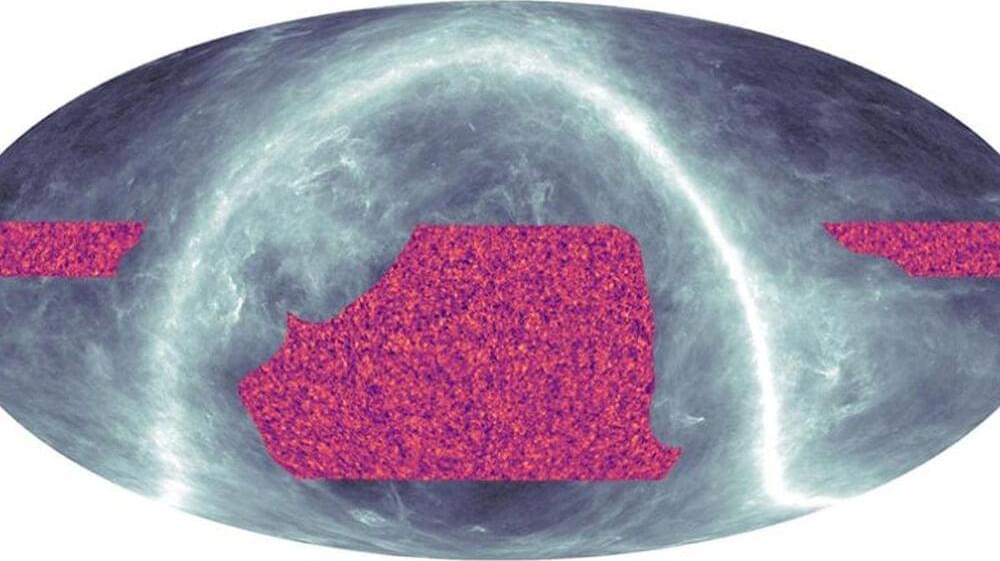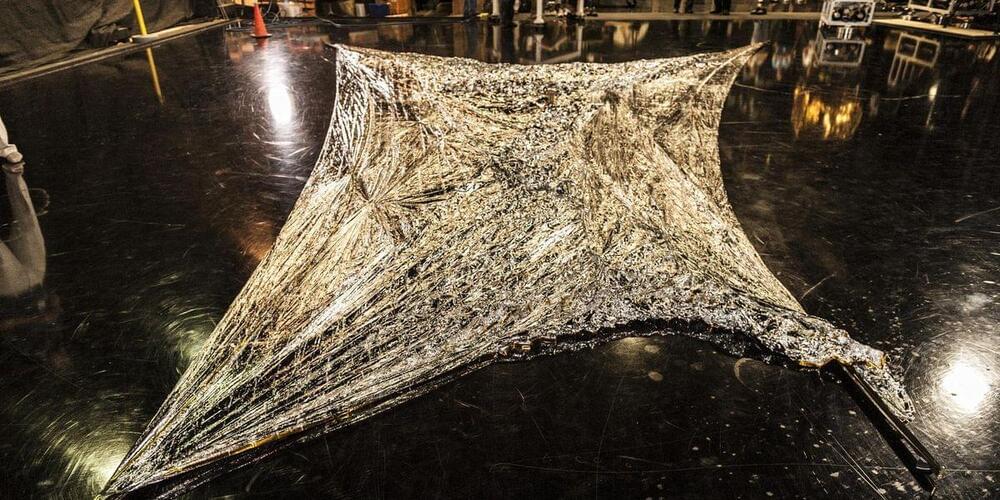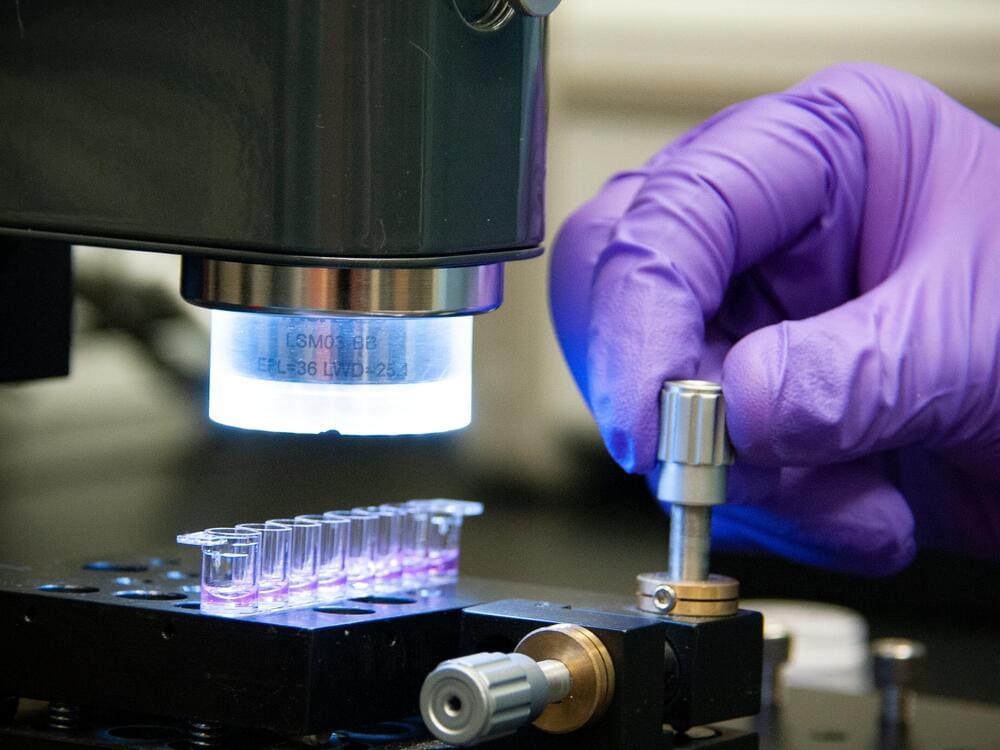An international team of researchers have been able to track the distribution of matter across the universe over its whole age. The work used the first light that shone freely in the universe, the Cosmic Microwave Background (CMB), to study the unseen matter of the cosmos and confirm that observations agree with our models.
Now, depending on how you look at it, our understanding of the universe is either pretty good or woefully limited. There is a theory called the Standard Model of Cosmology that has been very good at explaining what we see. That said, two crucial components in it are dark matter and dark energy and we haven’t got the darndest idea of what they are. Dark matter is a misnomer. It is not dark, it is invisible as it doesn’t interact with light, only gravity.
So the team used the Atacama Cosmology Telescope in the high Chilean Andes to observe subtle changes to the CMB due to massive structures such as galaxy clusters (filled with dark matter). The changes provide a map of the distribution of matter visible and invisible in the universe.







